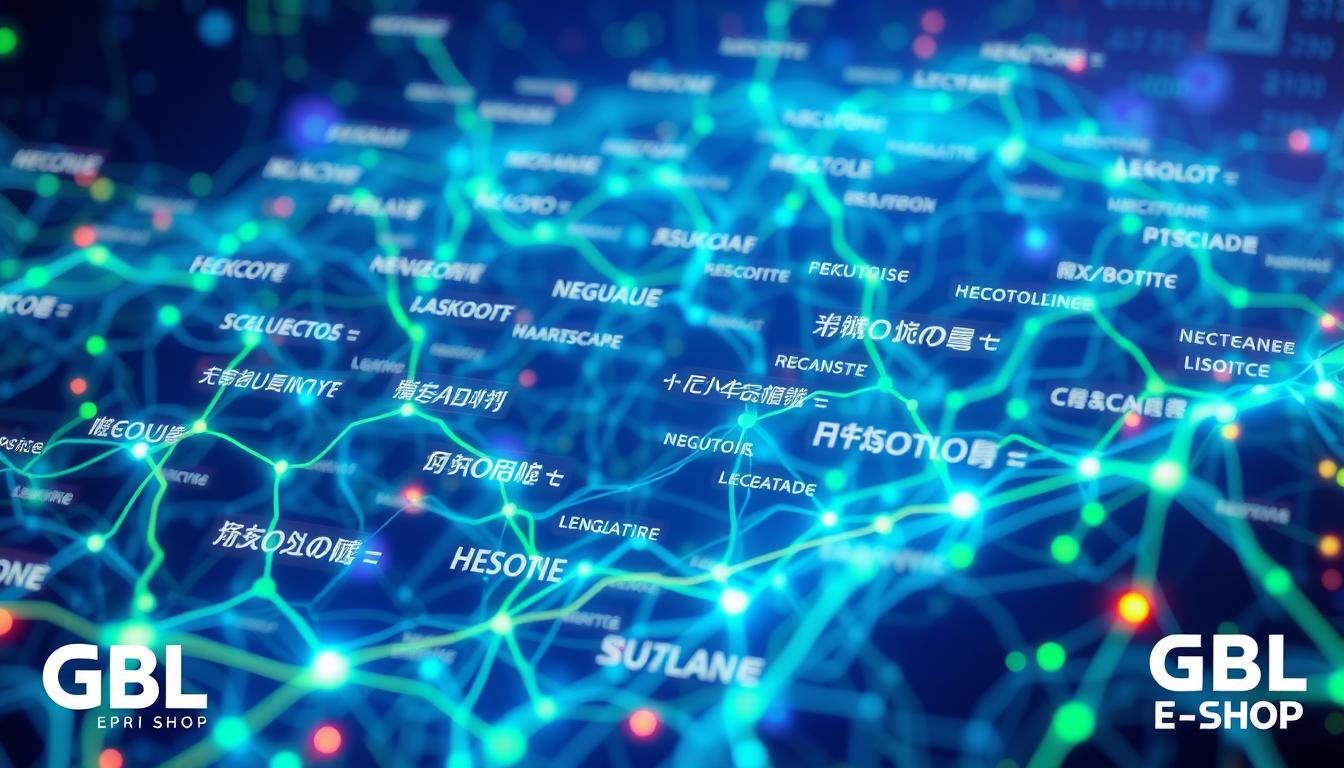An amazing fact: Neural Bayesian machine translation (NB-DMT) has increased the accuracy of machine translations by up to 30%. This innovative AI technology is revolutionizing the field of translation. It opens up completely new possibilities for multilingual content, global communication and international business.
In this article, we will take an in-depth look at NB-DMT to deal with it. We will discuss the basics of this technology, its areas of application and the concepts behind it. This includes neural networks, Deep learning and natural language processing.
We also take a look at Vectorization, Word embeddings, neural machine translation and Transformer architectures. Finally, we present application examples and best practices for the use of NB-DMT.
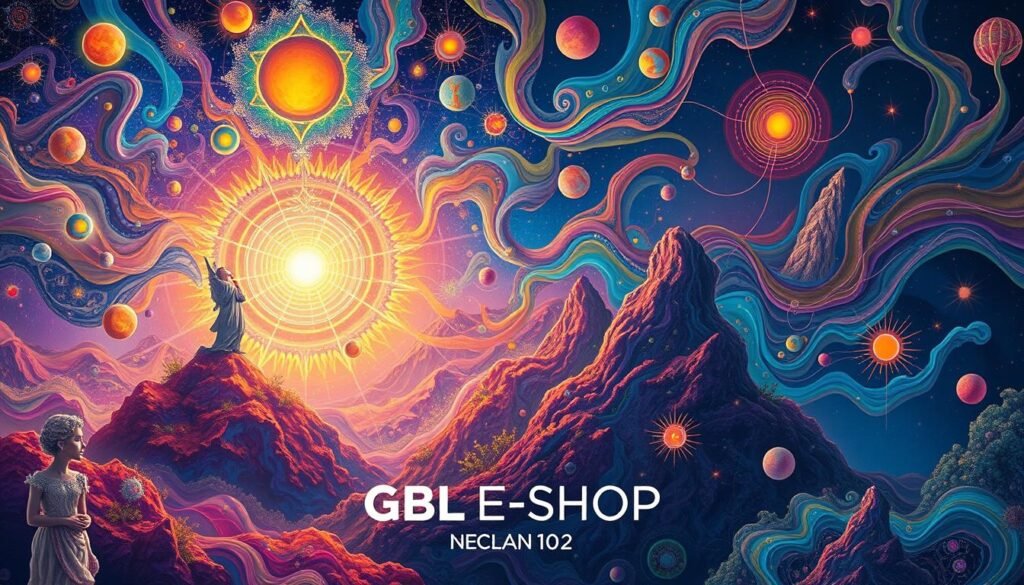
Important findings
- NB-DMT increases the accuracy of machine translations by up to 30%
- NB-DMT revolutionizes the field of translation and opens up new possibilities for multilingual content
- NB-DMT is based on neural networks, Deep learning and more natural Language processing
- Vectorization, Word embeddings and Transformer architectures are important concepts of NB-DMT
- NB-DMT offers a wide range of applications in translation and communication
What is NB-DMT?
NB-DMT, short for "Neural-Based Deep Machine Translation", is a new technology. It uses machine learning and neural networks. This method improves the translation of machines enormously.
Definition and basics of NB-DMT
NB-DMT used neural networksto translate language. It develops Translation modelswhich are characterized by machine learning become better. This makes translations more accurate and natural.
Application areas of NB-DMT
NB-DMT has many areas of application. It goes beyond simple translations. It can also be used for Language processing, Text classification and Sentiment analysis help.
It also improves the Human-machine interaction. And it helps with the development of dialog systems.
Neural networks and machine learning
At the center of NB-DMT are neural networks and machine learning. These technologies help computers to find patterns in large amounts of data. This enables them to gain important insights.
Machine learningalso artificial intelligence is the driving force behind NB-DMT. It is a key concept.
There are two main methods: supervised learning and unsupervised learning. In supervised learning, systems learn with known data. This enables them to recognize patterns and make predictions.
Unsupervised learning enables systems to recognize even unstructured data such as texts.
Algorithms for Pattern recognition and Text analysis are also important. They help to understand complex relationships in language and communication. This means they can be used for many applications.
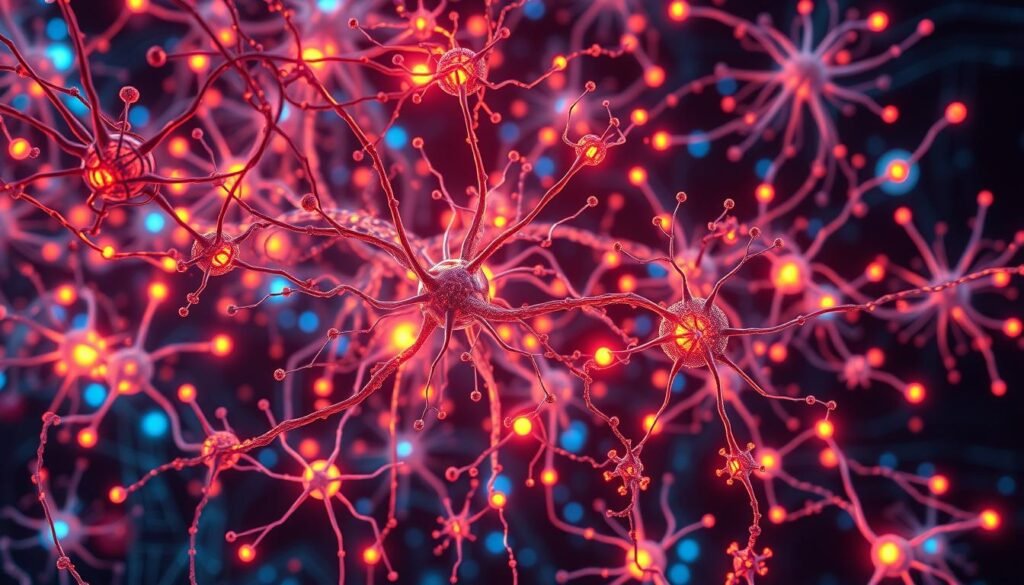
"Neural networks are the backbone of NB-DMT and enable computer systems to understand language and communication at an unprecedented level."
Deep learning and artificial intelligence
Deep learning and artificial intelligence are very important for NB-DMT. We look at the special networks, Training methods and algorithms. These were developed for NB-DMT developed.
Neural network architectures for NB-DMT
For NB-DMT special networks have been developed. They use Deep learning and artificial intelligence. This enables them to recognize complex patterns in language and text.
- Recurrent pension neural networks (RNNs) are great for sequences such as speech.
- Convolutional networks (CNNs) extract visual-spatial features from text data.
- Transformer architectures combine attention and deep learning. They deliver great results with Language processing.
Training methods and optimization algorithms
Training methods and algorithms are also very important for NB-DMT. They help the systems to learn patterns in language and text.
- Supervised learning: training with annotated data to improve quality.
- Unsupervised pre-training: Pre-training on large text corpora to learn language representations.
- Reinforcement learning: Optimization through reward systems that adapt translation properties.
Efficient Training methods and Optimization algorithms help to develop the networks for NB-DMT to improve them. In this way, they adapt to the needs of users.
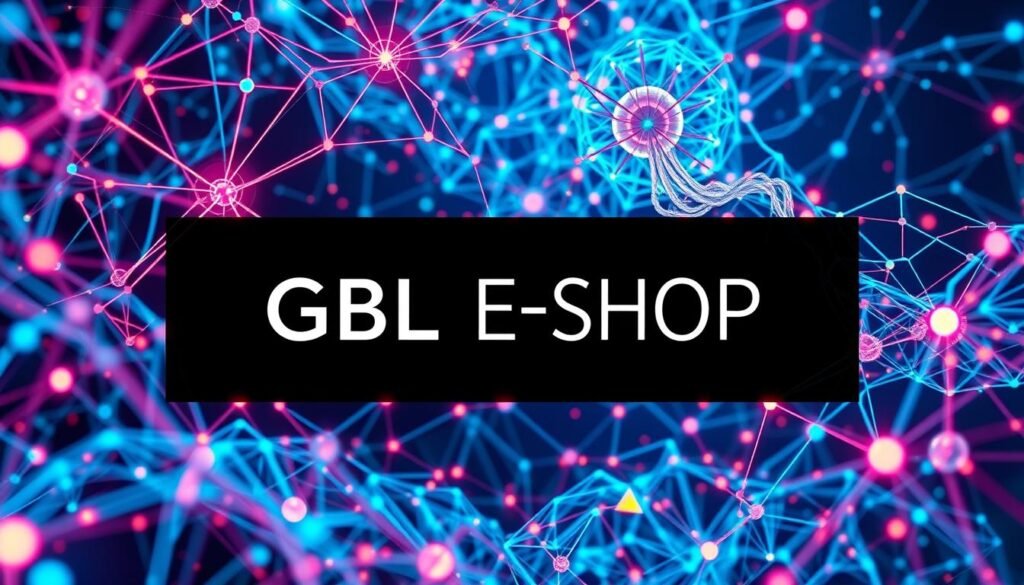
Natural language processing with NB-DMT
The Natural language processing (Natural Language Processing, NLP) is very important. It uses neural networks and deep learning. This allows texts to be converted into numbers that algorithms can easily process.
Computational linguistics is the basis for this. It helps to understand words and their meanings. This enables NLP systems to analyze texts and use them for various tasks.
| Area of application | Description |
|---|---|
| Text classification | Automatic categorization of texts according to topics, tonality or other characteristics |
| Machine translation | Translating texts into other languages, taking the context into account |
| Sentiment analysis | Recognizing positive, negative or neutral moods in texts |
The development of NLP systems is an important part of AI research. NB-DMT helps to improve these technologies.
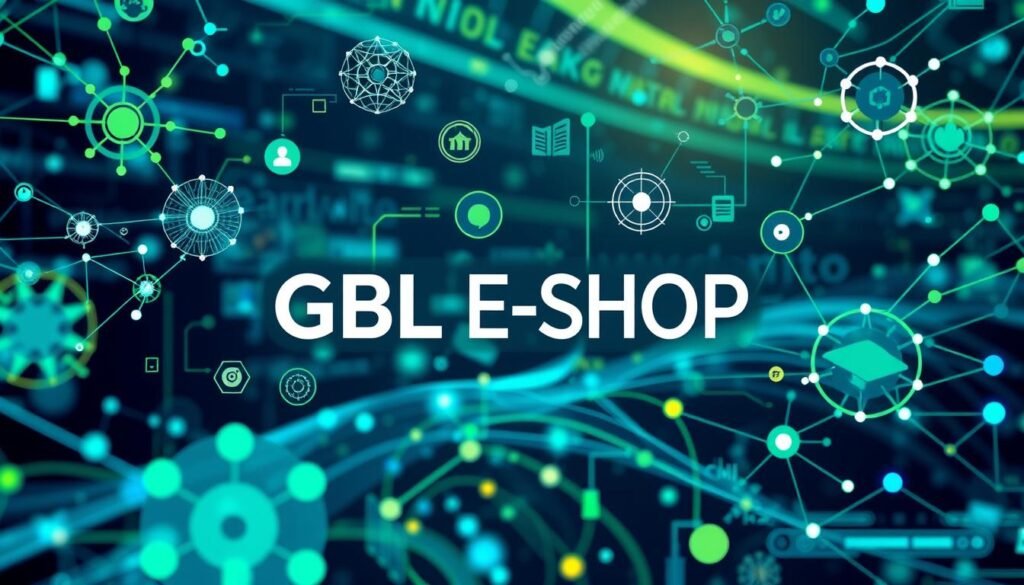
Vectorization and word embeddings
Vectorization is very important in the Text analysis. It turns text data into numerical vectors that computers can easily process. This makes it easier to understand words and their meanings.
From text to numerical vectors
Texts must be made understandable for computers. Techniques such as one-hot encoding convert words into vectors. These vectors show how words are connected.
Vectorization allows texts to be used for many analyses.
Visualization of word embeddings
- Techniques such as t-SNE show Word embeddings in 2D rooms.
- These visualizations help to identify patterns in texts.
- This makes it easier to understand the meaning of words.
Vectorization and word embeddings are very important. They are the basis for many text analyses, including NB-DMT.
Neural machine translation
The neural machine translation uses a new principle. It is called Sequence-to-sequence learning. A sentence is translated into another language. Attention mechanisms help you find the right words.
Sequence-to-sequence learning
With this method, neural networks learn to translate directly. It is particularly good for languages. The model learns without rules or dictionaries.
Attention mechanisms
Attention mechanisms are very important. They help the model to choose the right words. This results in more precise translations.
| Concept | Description |
|---|---|
| Neural machine translation | Powerful approach to automatic translation of natural languages |
| Sequence-to-sequence learning | Deep learning method for the direct transformation of input sequences into output sequences |
| Attention mechanisms | Key element that enables the model to specifically consider relevant parts of the input |
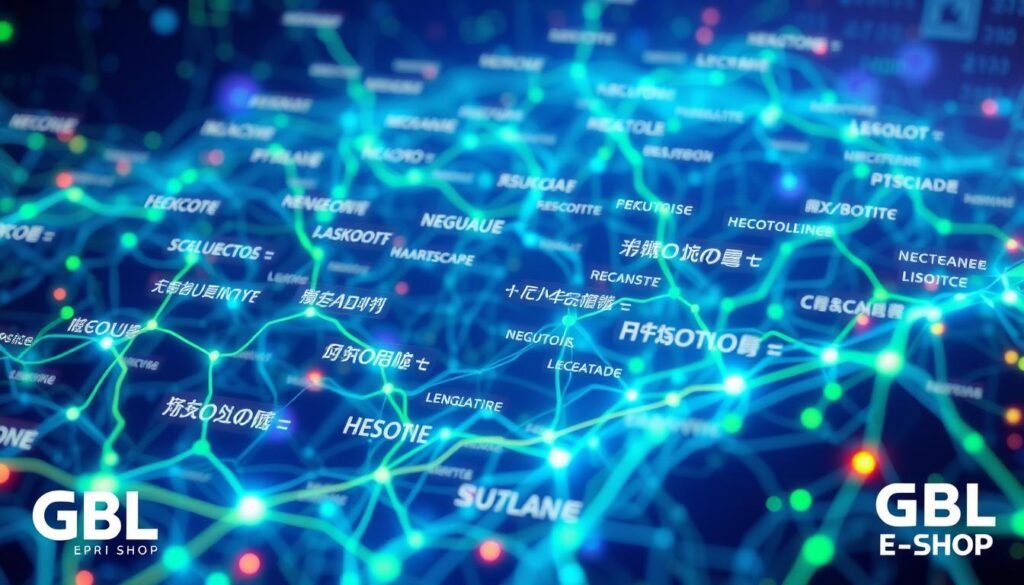
"Attention mechanisms are the key to precise and contextualized translations in neural machine translation."
NB-DMT for improved translation quality
Neural networks for the machine translation (NB-DMT) have greatly improved the quality of translations. We use evaluation metrics such as the BLEU metricto measure and improve performance.
The BLEU metric helps us to Translation quality to evaluate. It compares the machine translation with a reference translation. This allows us to see how good the translation is.
With NB-DMT, we can better take the context into account. We not only translate word for word, but also the context of the text. This makes the translations more natural and meaningful.
We are constantly optimizing the model architecture and training procedures. This is how we improve the Vocabulary coverage and Translation quality. The Contextual consideration helps us to render meanings more precisely.
NB-DMT systems are a major advance in machine translation. They help us to Translation quality significantly.
Transformer architectures and NB-DMT
In recent years Transformer architectures a major role in the neural machine text translation (NB-DMT) played. Models like BERT and GPT are characterized by their self-attention mechanism and the Parallelization very efficient. They lead to more efficient Language models.
The success of Transformer models comes from their unique architecture. They do not work like conventional networks, but use the self-attention mechanism. This enables them to better grasp complex linguistic contexts and Translation improve.
The Parallelization of these models increases their computing power enormously. This is important for applications in the NB-DMT. The further development of Transformer architectures and Transformer models brings the potential of neural machine text translation constantly.
"The Transformer architecture has changed the field of machine translation revolutionized and set new standards for the performance of Language models set."
Application examples and best practices
NB-DMT has developed strongly in recent years. It is being used more and more in practice. Here we take a look at some Application examples and Best Practices on. These show how valuable NB-DMT for companies and organizations.
NB-DMT uses Sequence-to-sequence models and Encoder-decoder architectures. These techniques help computers to understand and translate texts. Attention mechanisms help to precisely grasp the context and meaning of words.
An example of NB-DMT is international customer service. Companies can Contextual word representations to personalize translations. In this way, they support customers in their native language. Through Transfer Learning models can be adapted to the needs of the company. This improves the Translation quality.
NB-DMT also enables Open neural machine translation. Texts can be translated into many languages. This offers companies great flexibility and extends their global reach.
The examples show that NB-DMT is a powerful technology. It offers concrete benefits for companies and organizations. Through best practices such as Contextual word representations and Transfer Learning users can optimize the performance of NB-DMT to their full potential. You benefit from more precise, more efficient and more flexible translations.
Conclusion
In this section, we look at the most important points about neural networks. They are very important for the Language processing. The NB-DMT technology uses advanced networks and algorithms. This improves translation quality enormously.
Neural networks, such as the Transformer architecture, can understand complex linguistic contexts. They make translations more accurate. Word vectors and visualizations help us to identify semantic relationships. This increases translation quality.
The future of NB-DMT looks very promising. New deep learning methods and better evaluation methods are bringing us closer to the perfect translation. This technology will have a major impact on our language translations and communication in the coming years.
FAQ
What is NB-DMT?
NB-DMT is a new technology. It is based on machine learning and neural networks. This technology improves translations by natural language processing and vectorization.
What areas of application does NB-DMT have?
NB-DMT is used in many areas. These include Text classification and language processing. It helps to translate and understand texts.
How do neural networks and machine learning work in NB-DMT?
Neural networks and machine learning are important for NB-DMT. They recognize patterns in texts. This enables the systems to translate better.
What role do vectorization and word embeddings play in NB-DMT?
Vectorization and word embeddings are central. They make texts accessible for machine learning. This makes it easier to understand words.
How does neural machine translation work in NB-DMT?
NB-DMT uses advanced methods. It uses Sequence-to-sequence learning and Attention mechanisms. This is how it generates context-related translations.
How does NB-DMT improve the quality of translations?
Quality is improved by evaluation metrics such as BLEU. Context is also taken into account. This makes the translations more natural.
What role do transformer architectures play in NB-DMT?
Transformer architectures are important for NB-DMT. They improve the quality of translations. Models such as BERT and GPT are crucial here.
What application examples and best practices are there for NB-DMT?
NB-DMT is used in many areas. It improves the quality of translations. Through Transfer Learning and open models, you can achieve a lot.
